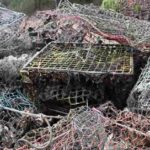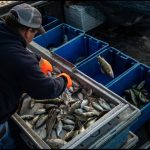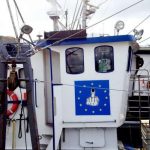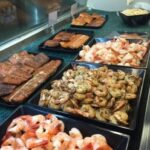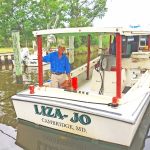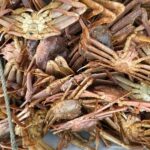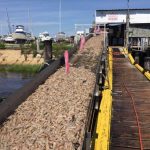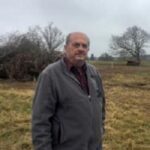Monthly Archives: July 2018
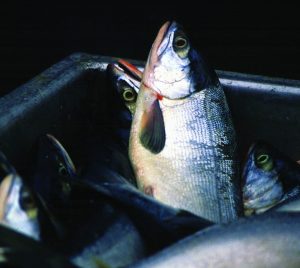
Salmon struggles extend to unprecedented restrictions at Chignik
A tough sockeye salmon commercial fishing season is shaping up in the Gulf of Alaska, from the Copper River across to Kodiak Island and back to the mainland at Chignik. And the Yukon River is seeing dismal chinook salmon returns, although the summer chum run is strong. “I haven’t put my net in the water once,” complained Chignik purse seiner Roger Rowland on June 26. “It’s literally the worst run ever.” Rowland commented from the fishing district on his cellphone, via teleconference in an Unalaska City Council meeting, about 300 miles to the southwest where he lives, during a break between votes. >click to read< 18:36
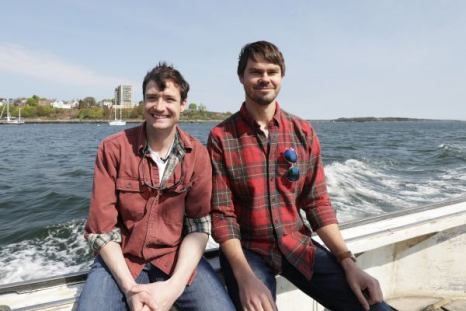
How a 25-year-old turned his ‘passion project’ into a global business with $30 million in sales
When recent college grads Luke Holden and Ben Conniff opened a hole-in-the-wall, 200-square-foot lobster shack in New York City’s East Village in the fall of 2009, they were wholly unprepared. The two had recently met through Craigslist and gave themselves a two-month time-frame to open their shack, which they dubbed “Luke’s Lobster.”,,, Holden did have an idea he was excited about: a lobster shack.,,, Holden saw a hole in the market. He called his dad, who had 50 years of experience as a Maine lobsterman, dealer and processor, and asked him to be a 50-50 investor in the first Luke’s Lobster shack. >click to read<13:43
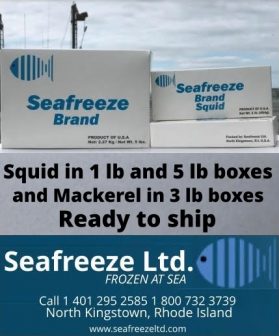
Always Top Quality! Your Seafreeze Ltd. Preferred Price Sheet for July 2018 Has Arrived!
Contact our sales team today @ 401 295 2585 or 800 732 273 For the complete price list from Seafreeze Ltd., >Click here< – We are Direct to the Source-We are Fishermen-We are Seafreeze Ltd! >Click here< to visit our website! 10:51
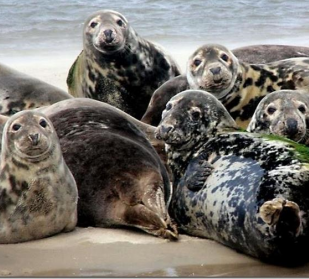
Seals were once nearly wiped out from the Gulf of Maine.
At any given time, approximately 600 seals splash, bathe and feed around a modest mass of rocks six miles off the coast of Maine, the northernmost of the Isles of Shoals. These seals, both gray and harbor species, have made a resurgence in local waters over the last two decades following the imperative enaction of federal protections. Prior to the 1970s, the species had essentially been extirpated in Maine and Massachusetts, after being hunted for their pelts, and killed as competition for fish, said Jennifer Seavey, executive director of Shoals Marine Laboratory on Appledore Island, a joint program between the University of New Hampshire and Cornell University. >click to read<09:38
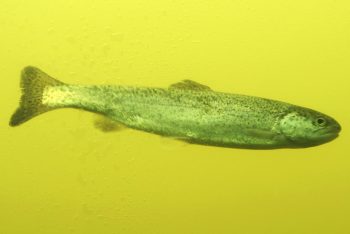
The politically unifying potential of salmon
If there is any issue Democrats and Republicans in Washington State should come together on, it’s salmon. Salmon play a major role in our state’s economy, wildlife diversity and cultural heritage. In Washington alone, salmon help support nearly 16,000 jobs and a $1.1 billion annual fishing economy. Salmon alone provide over 134 million dollars of economic output to Washington state each year. They’re also a keystone species to 137 other animals, including orcas and bears. Unfortunately, the lowest counts of Pacific Northwest salmon in history — and a 60 percent decrease in the population since 1984 — now significantly threaten the essential role of salmon. >click to read<08:58
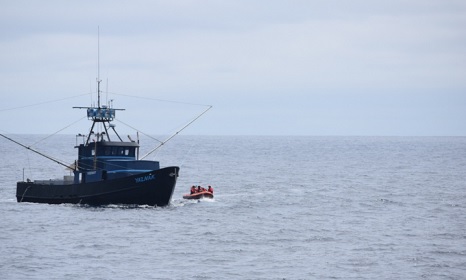
Coast Guard crew issues violation to commercial fishermen off Oregon Coast
A Coast Guard cutter crew issued a violation to commercial fishermen who caught salmon outside of the fishing season 20 miles off the coast of Newport, Oregon, Sunday. A boarding team from the Coast Guard Cutter Orcas, a 110-foot patrol boat homeported in Coos Bay, issued a federal violation under 50 CFR 660.405 – fishing for, or taking and retaining, any species of salmon during closed seasons or in closed areas.,, The cutter Orcas crew conducted numerous boardings over the weekend on both commercial and recreational vessels. >click to read<22:11
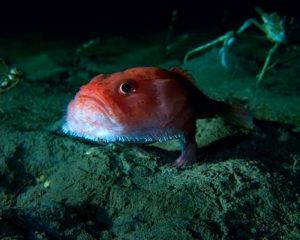
Rare fish with ‘feet’ caught off the west coast of Ireland
A bizarre fish with feet has been found off the coast of Ireland. The sea toad, which is usually found in the depths of the ocean in the Gulf of Mexico, was landed by the Kerry trawler Cú Na Mara on the Porcupine Bank. The pink fish has evolved “feet” so it can tiptoe across the ocean bed. It came to the attention of millions of astounded TV viewers when it featured on David Attenborough’s ‘Blue Planet. ,,, “It’s the same skipper, Patrick Flannery, who landed one in 1988 from the Porcupine Bank and this one has come in from the Porcupine Bank.” >click to read<21:37
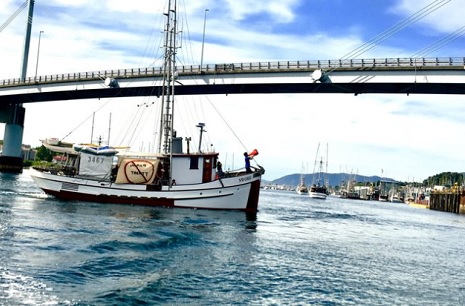
We can’t survive more cuts to Alaska king-salmon quota
Alaska salmon fisherfolk have been giving up a disproportionate portion of their harvest — over 50 percent, at least — to rebuild damaged stocks elsewhere. A few seasons ago in Chatham Strait, Karl Jordan, a third-generation Alaska salmon fisherman, came out to watch as I brought up an ashy-lipped, prismatic monster on the troll gear. Forty-five to 50 pounds. Spots on his tail an inky black. It was the second week of July, the king salmon opener just closed after we had caught our treaty quota. “Looks like a Columbia River hatchery fish,” Karl said. “Let him go.” If Karl was correct — and he usually is when it comes to fishing — that salmon had swum north from Washington’s Columbia River to spend its life in the Gulf of Alaska. >click to read<20:21
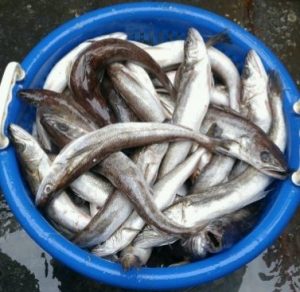
NEFMC – Whiting Amendment 22: Five Hearings to Consider Limited Access Program for Small-Mesh Multispecies
The New England Fishery Management Council has scheduled five public hearings on Draft Amendment 22 to the Northeast Multispecies Fishery Management Plan. This amendment proposes to establish a limited access program for five stocks of small-mesh species: northern silver hake, southern silver hake, and offshore hake –collectively referred to as “whiting” –as well as northern red hake and southern red hake. The amendment contains three components: (1) limited access qualification criteria; (2) silver and offshore hake possession limit alternatives; and (3) permit “characteristics and conditions” that could apply if limited access is adopted. Although the Council voted in December 2017 to send Amendment 22 out to public hearing with “no action” as its preferred alternative,public input is highly encouraged on all options. Public Hearing Schedule, Gloucester, Tinton Falls, NJ, Montauk, Warwick, New Bedford >click to read<17:08
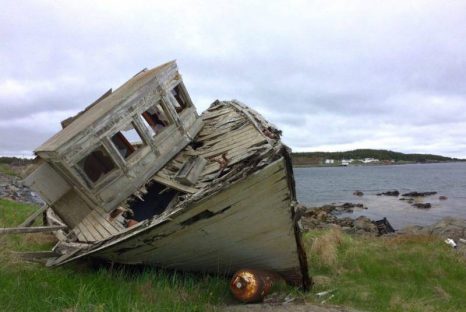
No cod, no children
Before the cod moratorium in 1992, children could be seen waiting along the wharfs across St. Brendan’s Island, eager to cut out the cod tongues as the boats came in. Gerry Walsh, 57, is one of the last fishermen in St. Brendan’s and remembers the sense of prosperity on the island. “It seemed like everyone was working. I’d say there was 100 per cent employment,” said Walsh. “Those that weren’t fishing were working in the fish plant.” There are neither cod nor children in St. Brendan’s now. “There’s not going to be (another generation). The community is dying,” >click to read<16:58
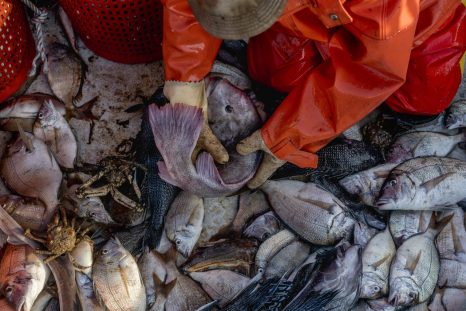
Blue Moon Fish – New York Couple Happy as Clams Selling Fish Direct to the Public
Alex and Stephanie Villani enjoy an enviable life. They live in a beautiful, secluded home with a big pool on Long Island’s idyllic North Fork. They set their own work hours and answer to no one. They spend two months every winter in the Florida Keys. And how do they pull it off? They fish for a living. Literally. Their income derives from their daily catch in the Long Island Sound, which they sell at farmers markets in Brooklyn and Manhattan. Unlike most local fishing operations that eke out a meager living selling their catch to wholesalers, the Villanis sell direct to the public—and command a lot more for their fish. >click to read<14:09
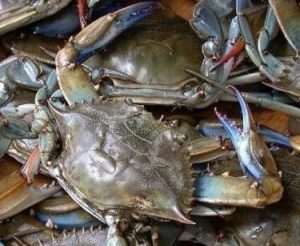
Blue crab population in Chesapeake Bay down for second year
The blue crab population in the Chesapeake Bay declined by nearly one-fifth for the second year in a row, with the male population hitting a trigger point that has lead to discussions over management, according to a new report. Experts say the overall stock remains healthy and decline is not cause for immediate concern, but that they are closely watching the numbers. The harsh winter coupled with a scarcity of young crabs last year has contributed to the low numbers in the beginning of the crab season,,, >click to read<13:04
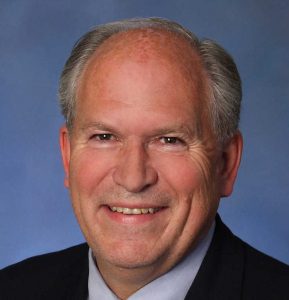
State won’t support Pebble Mine, unless it can prove ‘zero impact’
Gov. Bill Walker wants to press pause on the controversial Pebble Mine project in Southwest, Alaska. Pebble is seeking federal permits on a smaller mine proposal, about half the size of the one it began pursuing more than a decade ago. But in a letter to the Army Corps of Engineers on Friday, Walker urged suspension of a critical piece of that process — the environmental impact statement — calling for proof of a “feasible and realistic” project first. “This is something that we’ve looked at very carefully, and we feel like even the project proponents are unsure of the size of this project,” said Andy Mack, Commissioner of the Alaska Dept. of Natural Resources.,, >click to read<10:45
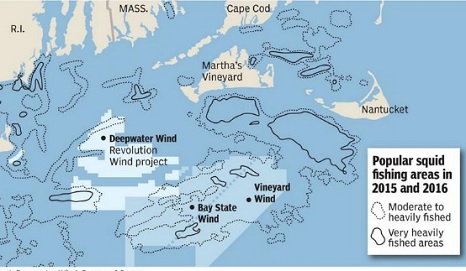
R.I. squid fishermen fear wind power
Rhode Island fishermen say a patch of the Atlantic Ocean south of Martha’s Vineyard is among the best places around to catch squid. They are also the same waters in which a developer selected by Massachusetts plans to install up to 100 giant wind turbines that would supply clean, renewable energy to the state. Now, Rhode Island coastal regulators and the state’s fishing community are raising concerns that the offshore wind farm that Vineyard Wind wants to build in 250 square miles of federally-owned ocean may affect access to the squid grounds that are critical to the Point Judith fleet. >click to read<09:13
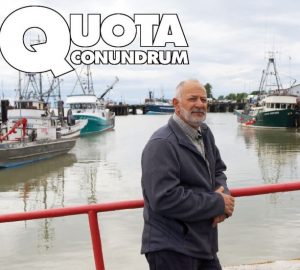
Canfisco hopes to defend quota system at Ottawa committee
Richmond-based Canfisco hopes to present to a new Standing Committee on Fisheries and Oceans examining West Coast fishery regulations come next February, at the latest. Rob Morley, vice-president, production and corporate development at Canadian Fishing Company (Canfisco), told the Richmond News Monday that the present licensing and quota system so often criticized by the likes of independent fishers and environmental groups has merits. There is growing concern — including Liberal MP Ken Hardie, who requested the committee — that licenses and quotas are becoming too expensive to lease and prohibitively expensive to purchase. As such, capital-rich companies and investors are taking fishing profits from community-based fishers. >click to read<08:25
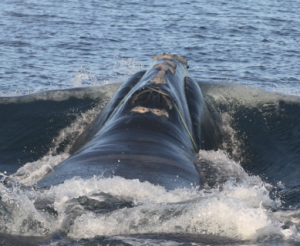
“It has to be tested” – Massachusetts Lobsterman to test ropeless buoy equipment
Sonar technology used is Australia for southern rock lobster commercial fishing will be tested in July, possibly in Cape Cod Bay, as a method to better protect “imperiled” Northern Right Whales from rope entanglements.,,, IFAW will pay $30,000 to provide the equipment, a trainer and onboard support for what is expected to be a test by one member of the Massachusetts Lobstermen’s Association of the acoustic release equipment manufactured by Desert Star Systems, a company based in Marina, California, and founded by Marco Flagg. >click to read<18:23
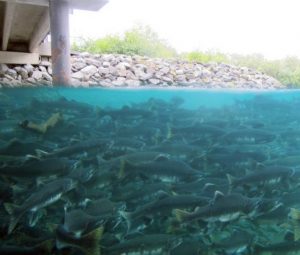
State of Alaska plans distribution of 2016 pink salmon season disaster relief funds
The state is working on distributing roughly $56 million in relief funds to those affected by the 2016 Gulf of Alaska pink salmon season disaster.,,, Julie Speegle, a spokesperson for the National Oceanic and Atmospheric Administration confirms that a spending plan is in the works, and representatives from the state, NOAA, and the Pacific States Marine Fisheries Commission met recently to discuss who will receive relief funds and how much. “The spending plan can cover a range of activities in support of commercial fisheries and support industries such as processors, fish houses, or communities affected by the disaster,” >click to read<12:43
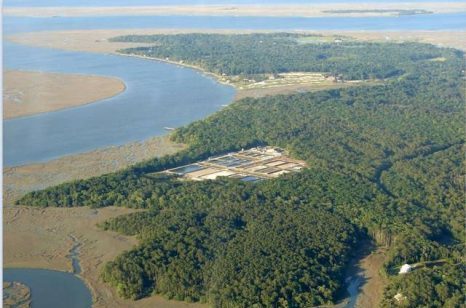
Beaufort County fish whisperer retires with this advice on Lowcountry living
Al Stokes is a rare Lowcountry fish who’s finally getting away. He retired Friday as executive director of the Waddell Mariculture Center, an aquaculture research center on a sweeping bend of the Colleton River in Bluffton. Stokes has been there since the beginning, from the time the first water samples and soil samples were taken in late 1979. He was there as $4 million was invested in ponds, a few buildings and a hatchery that was dedicated in 1984 to a humming speech from the late U.S. Sen. Strom Thurmond.,,, Cut this out and put it on your refrigerator: Save the Lowcountry “It’s ours,” Stokes said. Video >click to read<11:24
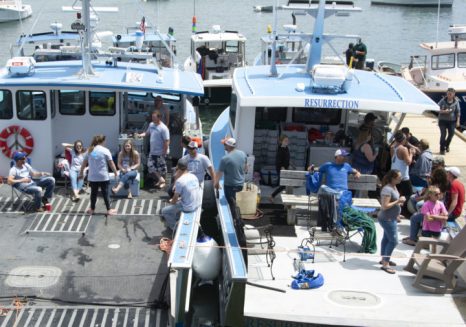
Maine Lobster Boat Racing: NASCAR meets tractor pulls
To Patrick Hanley, it was the extra salt that did it. A 19-year-old lobsterman from Bass Harbor, Hanley ran about 6½ knots faster during the lobster boat races in Bass Harbor last weekend in his boat, the Haleigh Katlyn, than he had the year before. But, he lamented at dockside over a few beers, he could have done better.,,, The vice president of the Maine Lobster Boat Racing Association, Travis Otis, said the races are “not always just about winning a small plastic trophy, but rather the connection with other people.” “I’ve always likened it to a mix between a NASCAR race and a family reunion, sprinkled with some good old fashioned tractor pulling just for pizzazz,” Otis said. >click to read<10:00


































